Let's see what your two properties do.
delaysContentTouches: If the value of this property is true, the scroll view delays handling the touch-down gesture until it can determine if scrolling is the intent. If the value is false , the scroll view immediately calls touchesShouldBegin(_:with:in:). The default value is true.
canCancelContentTouches: If the value of this property is true and a view in the content has begun tracking a finger touching it, and if the user drags the finger enough to initiate a scroll, the view receives a touchesCancelled(_:with:) message and the scroll view handles the touch as a scroll. If the value of this property is false, the scroll view does not scroll regardless of finger movement once the content view starts tracking.
First, you set delaysContentTouches to false. So the scrollview immediately calls the content view's touch handling methods, allowing it to handle the touch. Obviously, the scroll view won't start scrolling right away because of this, even if you drag.
Second, you also set canCancelContentTouches to false. But if the scroll view isn't allowed to "take over" touches that the content already handles (by cancelling them), it is never able to start scrolling later on either. So if your touch hits a content view, there is no possible way for the scroll view to start scrolling: it isn't allowed to scroll right away because it isn't allowed to delay the content touches, and it can't start scrolling later because it can't cancel the content touches.
I don't know what happens within your cells, not sure what code you put in there. However, you should probably allow your tableview to both delay touches (that means that your cell won't handle swipes that are cancelled immediately anyway because they were intended to be scroll gestures), and to cancel content touches (that means that when you touch down and don't release, you can still start a scroll gesture after a cell became highlighted).


